Advert: I am here on Saturday, come and say Hi!
From a women-led cycle forum to the cyclist construct… we hold quite a fascination for the ‘current cyclist’ it seems. As a minority group they do not fare too badly, judging by the quantity of research that is afforded to them – albeit that the findings often are not heard, let alone actioned, outside the research world. So you can imagine that I would be more than pleased to read Rachel Aldred in the Guardian, as it happens every now and again – breaking out from the confines of academia and bursting beyond the academic bubble. In Rachel’s latest Guardian article she continues the investigation into these ‘niggly every-day occurrences’ that, bit by bit, sum up to the scary UK cycling reality. These occurrences are called ‘near misses’, but should perhaps be more aptly described as near incidents, or near collisions.
Near-miss incidents form the wide bottom of the ‘safety triangle’. Anyone familiar with Health & Safety philosophy or project management (virtuous lesson-learnt circle , innovation) will recognise it. The story goes like this. It’s many little things that lead to one big bang. If you do not heed the messages from the little stuff (by collecting and analysing them) you stand an even worse chance avoiding the inevitable big thing in the future, usually seen to be a fatality. In the upside-down world of UK road safety, even the bigger stuff (the narrow top of the ‘safety triangle’) does not get investigated properly.
Who to talk to?
I would like to put this to you as a proposition. We should be listening to the people who we want to see cycling in the (near) future i.e. the 97%, and make them the subject of our city cycling research – through their eyes can we see the “real” world. Due to circumstances beyond their control, the current cyclist had to turn a blind eye. The current cyclist is desensitised – not by making a conscious decision. No, it has happened more as a necessity in response to the situation they find themselves in and around.
Furthermore, the situations described by Rachel’s dataset won’t even be experienced by the majority. Only someone who has made the massive leap of faith – and at a great cognitive expense too – to try out cycling on urban roads will notice it (and only then to feel repelled by it and probably stop doing so). The mass population is currently standing by – like idling, occasionally cheering, sometimes sneering from the sidelines. Perhaps we ought to get under the human skin, to see what everyone sees, hears and feels.
What to look out for?
Following on, I’d also like to put this to you. It’s not just the near crashes taking place, that are repelling. The human interactions of the ‘social road environment’ play their part, but the holistic picture runs much deeper than just being a social communication. It’s also what’s been arranged for the players. What’s in store. The ‘things that don’t even happen’ are involved too. They are static clues. The silent messages you pick up from the still environment, the roadscape and streets. It’s the sign that extolls to the passer-by “parking could costs a child’s life” (and just how is that sign solving that problem?), or the road marking ‘attention school kids’ half-covered by parked cars (so what’s really important here?), or the barely legible mossed-over sign with “School” written on it (do we care about this sign, or not?), or the overzealous road marking making a neighbourhood street look like an urban freeway (which is only for vehicles, right?), or simply the space affordance, continuity and comfort given to driving, subordinating walking or cycling.
When you open your eyes wide, these little stationary messages add up and form a picture. They do not exactly feel appealing nor do they invite active travel or human-sized mobility or interaction. The product that’s sold, subliminally, is driving. With these signs and symbols the car wins, hands down. To graphically illustrate these points, I have collected some street scenes to ponder, bottom page – if you can find a bit of the time, dive below and have a look.
Selling a product
How are we selling cycling? It’s worth bearing in mind with how much care and thought supermarket layouts are designed to lead and appeal to the human mind and make you do things. Our static roads are supermarket aisles too. They talk and send you sensations and messages. If we wanted our streetscapes to sell walking and cycling to the public (the end product), the product ambiance, presentation and packaging needs to be right. We need to learn from marketing. Eye levels, short and long gazes. What is it that the consumer wants and what is it that the buyer sees?
Back to the Guardian article about these every-day niggles, it would have been good for this transport authority to read it and follow Rachel’s research findings. It does appear that this council still believes that chatting people into cycling (but, hey be aware, kit is needed!) without providing viable road environments (the shopping ambience) and protected space for cycling on these busy urban highways (clear aisles) is a good idea.
Examples
Have a look at these typical urban scenes and scenarios, and ask yourself: how is each picture selling walking or cycling (the product) to the general public? Look at it from the marketing point of view. What’s the ambience? How is the street (store) presented and ultimately how is it selling the product to the user? What does it say about the product?
Road Marking





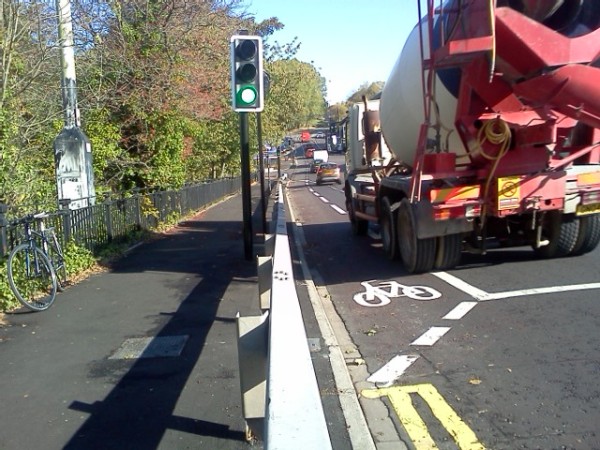



Signage

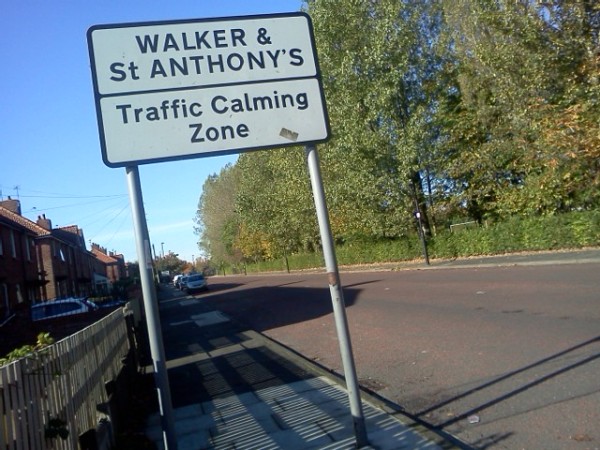

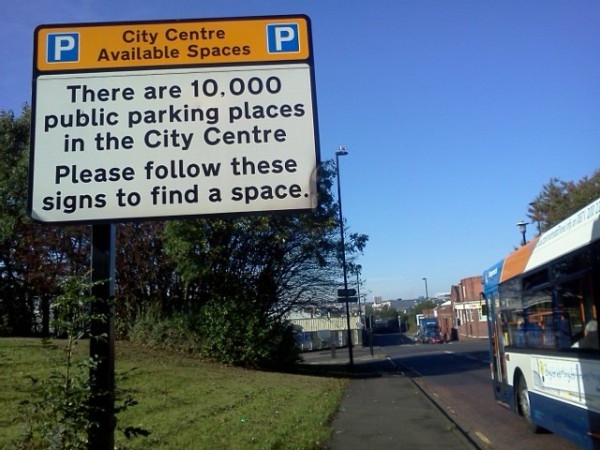

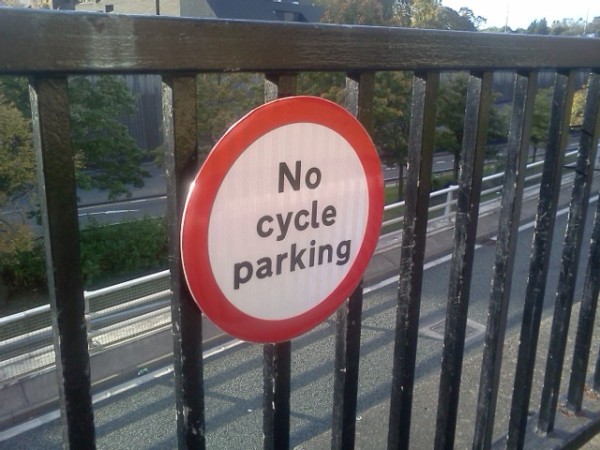

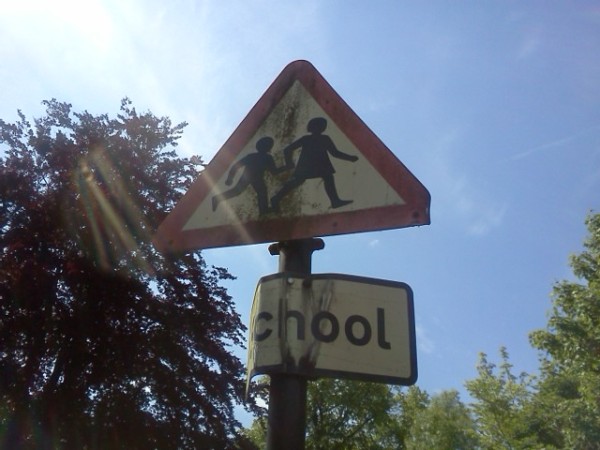

Public realm









“It’s many little things that lead to one big bang. If you do not heed the messages from the little stuff (by collecting and analysing them) you stand an even worse chance avoiding the inevitable big thing in the future, usually seen to be a fatality.”
I’m sure you know TRL (then TRRL) came up with the idea of conflict studies and how vehicle to vehicle conflicts of varying severity – from the lightest touch of the brake to last minute swerving into the oncoming lane – could be recorded and their volume used to predict the likelihood of personal injury accidents occurring, back in the late 1960s. It’s been over forty years and although the technique is taught on road safety engineering courses, I doubt it’s ever been used ‘in anger’ by any local highway authority. I really hate to say it, but I can’t see LHAs committing scarce resources to monitor what are, to be blunt, PICs that haven’t yet occurred, unless they are severely compelled in some way.
And I’ve got to wonder how Newcastle (or any other authority) go about treating crash sites, if they are unable to provide any collision investigation reports which try and determine what’s happening on their network. I don’t think local authority road safety departments are so flush with cash they don’t need to prioritise sites (or indeed, design targeted remedial measures, and can just throw the kitchen sink at it).
LikeLike